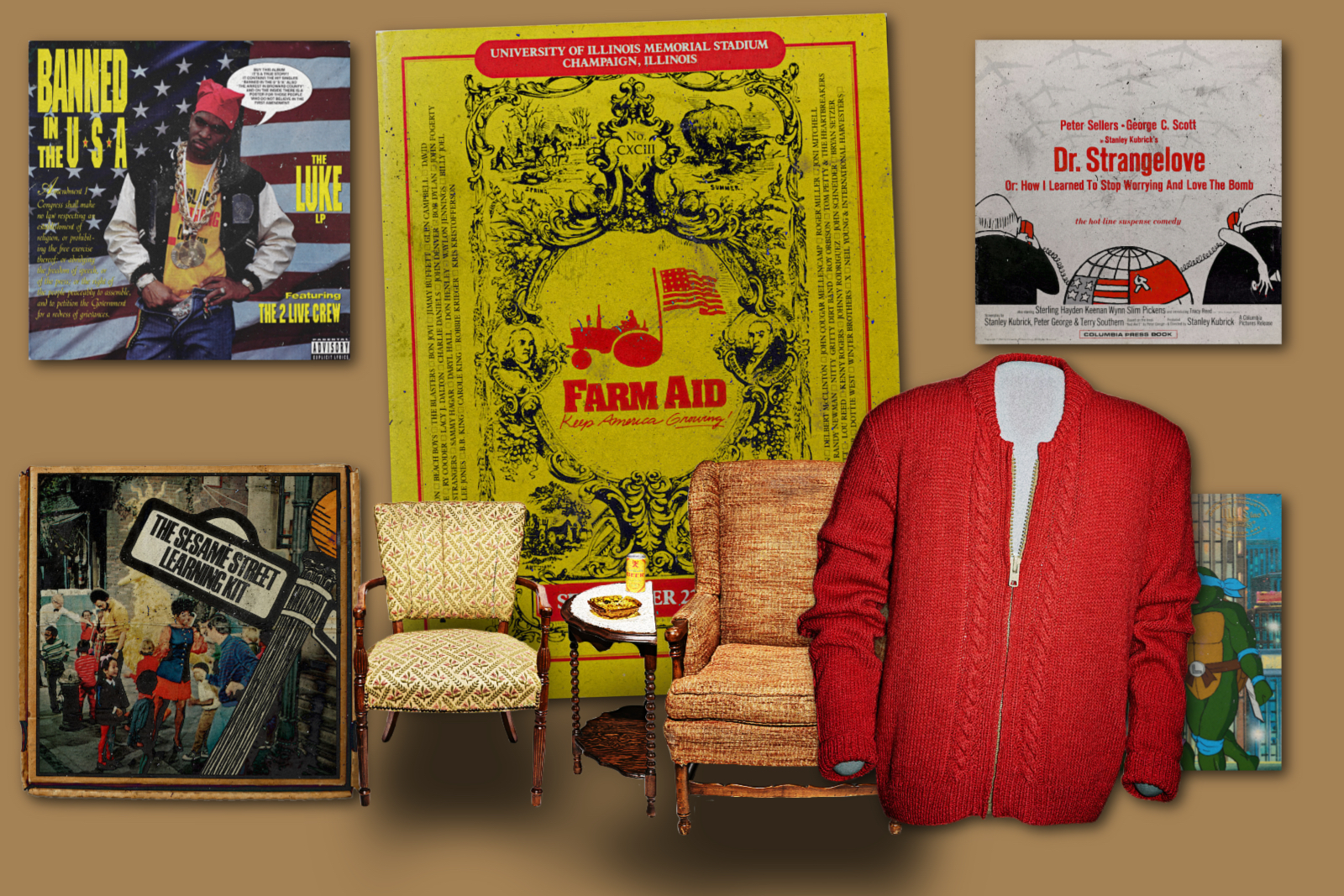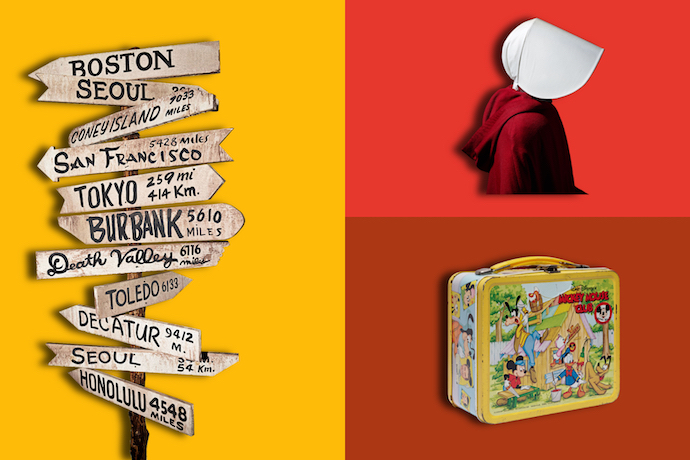
The Smithsonian Brilliantly Embraces American Pop Culture
There are moments in your life that feel surreal, dream-like. You see visions of things, all these different facets of our collective experience, and yet, there they are in front of you, tangible and real. The jersey of a beloved sports icon holds as much gravitas as the two famous droids from a “galaxy far, far away” who welcome visitors to the space. This is the wonder of an exhibition gallery called “Entertainment Nation” at the Smithsonian Institution’s National Museum of American History. I was lucky enough to see this incredible new exhibition and can report that it is truly something to behold.
The exhibition is meant to be permanent and debuted late last year. It serves as the Smithsonian’s first dedicated exploration of entertainment history. I was first made aware of the exhibition at my beloved AwesomeCon comic convention last summer. A friend and I attended a panel featuring many of the curators of the exhibition describing their line of reasoning in figuring out which items to display.
The Smithsonian, of course, is sometimes referred to as the “Nation’s Attic” due to its vast, sprawling, and diverse collection, particularly when it comes to props and other items from popular culture. Actors and shows will often donate their props, scripts, and other items including iconic costumes from shows that are recognized as masterpieces, such as Breaking Bad or Mad Men.
Yet, the collection for this exhibition goes as far back as the 19th century and includes everything from Uncle Tom’s Cabin to items from both P.T. Barnum’s early circuses and Buffalo Bill’s famous Wild West tours. However, there is an emphasis placed on entertainment and social change. Yet, there are also ugly examples of when the entertainment of an era reflected its biases and prejudices, such as in the case of the landmark silent film, The Birth of a Nation, which has subsequently been condemned for its racism.

But it’s the items from the latter half of the 20th century and 21st century that everyone wants to see, and the exhibition more than delivers. There is a level of interactivity that is impressive. In one side room, you can vote for different types of musical anthems by gathering on one side of the room or the other. The fact that the room includes part of the original stage from Woodstock in 1969 only helps to enhance the experience. Massive monitors play clips from famous TV shows, movies, and musical performances, keeping one riveted as they watch to see what’s next. Even the ceiling is capable of displaying content, including scenes from Star Wars.
But then there are the big-ticket items. The realms of TV, movies, theater, sports, and comedy are all covered. It’s a space where George Reeves’ costume as Superman from the 1950s TV show can be displayed across from an alien egg from Aliens and the two don’t feel like they clash in the slightest.
Despite the vastness of the collection, there is a focus and intent to the exhibition that is apparent, and it is clear that the curators selected items that are not only iconic but help to weave an unfolding narrative about how and why Americans have been entertained since the country’s inception. A side-room talks about the ugly truth about using stereotypes in comedy, but yet also shows how comedy has been utilized to fight against racism.
The intersection between entertainment and politics is also at the forefront of the collection, as a costume from the acclaimed TV series The Handmaid’s Tale invokes how it has been used for political protest since the show’s debut, particularly in the ongoing debate over abortion. Then there are the items that take your breath away: visitors can admire Prince’s legendary guitar from behind a Plexiglas case, but they can play on a replica of it in front of the display. I might have also gasped upon discovering that Agent Scully’s FBI badge from The X-Files is included in the exhibition.
Sports are an indelible part of the American experience, and visitors won’t be disappointed. One can see Michael Jordan’s jersey from his penultimate season with the Chicago Bulls before The Last Dance, but also Mohammad Ali’s robe, Joe Louis’ boxing gloves, Mia Hamm’s soccer uniform from the 1996 Summer Olympics, and more.
Another aspect that gets a lot of coverage is the importance of children’s programming and entertainment. It is here that you encounter such treasures as Mr. Roger’s iconic sweater from his long-running children’s series Mister Rogers’ Neighborhood, as well as various characters from Sesame Street, including the puppets for both Elmo and Oscar the Grouch. For my fellow 90s kids, Bill Nye’s famous lab coat from the educational program Bill Nye the Science Guy is also on display.
I highly recommended the exhibition. It is family-friendly and has enough to delight families across generations: Boomers might feel a well of nostalgia in seeing Archie Bunker’s chair from All in the Family or the signpost from M*A*S*H, while millennials my age will have a similar reaction to the mosquito caught in amber from Jurassic Park or Captain America’s shield. Everyone from toddlers to the elderly can appreciate the significance of Dorothy’s ruby slippers from The Wizard of Oz, which appears near the entrance to the exhibition and serves to reemphasize the timeless meaning of “there’s no place like home.”
The exhibition is all-encompassing and diverse, showcasing the highlights and brilliance of American entertainment in all of its forms. More than just a showcase, it is a celebration of all that Americans have contributed to the arts over the decades. I hope to return to it many more times in the future.
